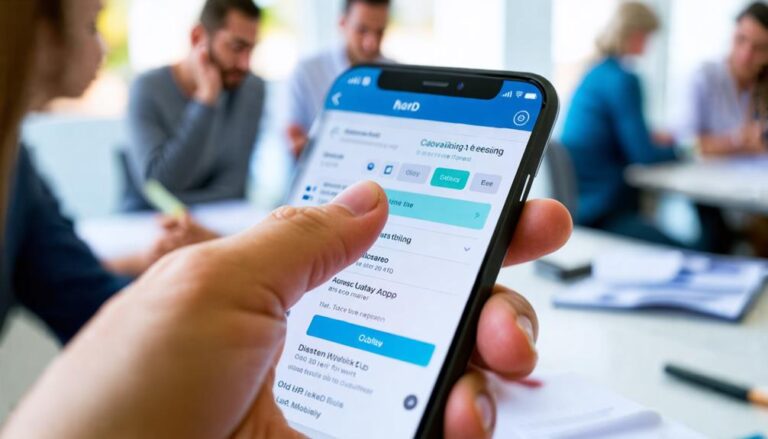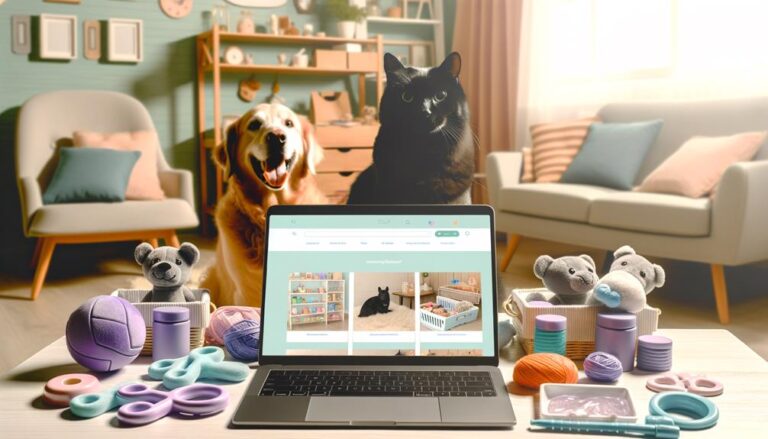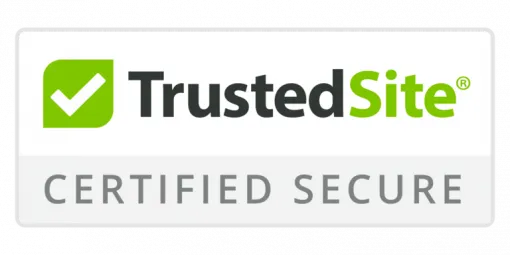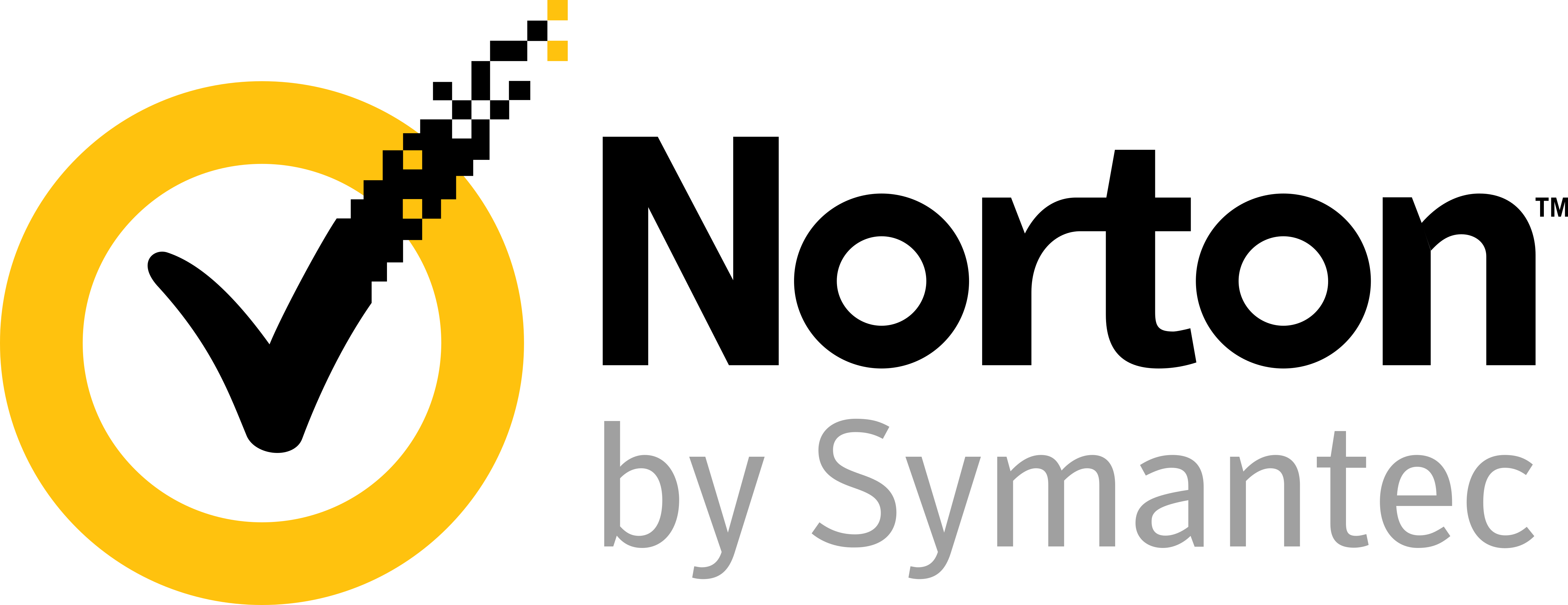If you're looking to supplement your income, creating personal finance courses for beginners can be an excellent side hustle. Not only will you be sharing your expertise and helping others navigate complex financial concepts, but you also have the potential to build a profitable business. Here's a step-by-step guide on how to get started:
- Identify Your Target Audience: Determine who will benefit most from your courses. Are you targeting recent graduates, young professionals, or families looking to manage their finances better? Understanding your audience will help you tailor your content to meet their specific needs.
- Define Your Unique Selling Proposition (USP): What sets your course apart from others? Maybe you have a unique teaching style, specialized knowledge, or a specific focus area like budgeting, investing, or debt management. Clearly defining your USP will make your course more attractive to potential students.
- Develop Engaging Content: Create a structured curriculum that covers essential personal finance topics. Use a mix of videos, written materials, quizzes, and interactive activities to keep your audience engaged. Make sure your content is easy to understand and practical.
- Choose the Right Platform: Decide where you'll host your course. There are various online platforms like Udemy, Teachable, and Coursera that can help you reach a broad audience. Each platform has its own features and pricing, so choose one that aligns with your goals and budget.
- Market Your Course: Use social media, email marketing, and content marketing to promote your course. Share valuable tips and insights related to personal finance to attract potential students. You might also consider offering a free mini-course or webinar to showcase your expertise.
- Gather Feedback and Improve: Once your course is live, gather feedback from your students to understand what's working and what isn't. Use this feedback to make improvements and keep your content up-to-date.
- Monetize Your Expertise: Besides the initial course fees, consider additional revenue streams such as offering one-on-one coaching, creating advanced courses, or writing an e-book.
Creating personal finance courses for beginners requires careful planning and strategic decision-making, but with dedication and effort, you can turn your expertise into a successful side hustle.
Identifying Your Target Audience
When designing a personal finance course focused on side hustles for beginners, you need to start by identifying your target audience. This involves understanding who they are, what they want to achieve, and what financial challenges they face. To do this, you'll conduct demographic research to gather data on their age, income, education level, and other relevant characteristics. This information will help you create a clear picture of your ideal student.
Next, you'll use audience segmentation to group your target audience into smaller, more manageable segments. For example, you might create separate segments for young adults looking to supplement their income, retirees seeking additional financial security, or small business owners aiming to diversify their revenue streams.
By doing so, you can tailor your course content to meet the unique needs and concerns of each segment. This targeted approach will help you create a more effective and engaging course that resonates with your students.
Defining Your Unique Selling Point
Defining Your Unique Selling Point
As you create your side hustle course for beginners, you'll want to define what sets you apart from others in the market.
You'll need to identify your niche – the specific area of side hustles where you excel – and use it to create a unique selling point that resonates with your target audience.
Identifying Your Niche
Identifying Your Niche
To carve out a successful space in the side hustle course market, you'll need to define a specific niche that sets your course apart from others and resonates with your target audience. This involves niche exploration, which requires researching and analyzing market trends, audience needs, and existing courses.
You'll want to identify areas where there's a gap in the market or where you can offer a unique perspective. Consider what specific area of side hustles you're passionate about and have expertise in, such as freelancing, e-commerce, or gig economy opportunities.
You may also want to focus on a specific demographic, such as college students, stay-at-home parents, or professionals looking to supplement their income. By narrowing down your niche, you'll be able to create a more tailored course that meets the specific needs of your audience.
Crafting Compelling Messaging
With your niche identified, you can now focus on developing a unique value proposition that sets your side hustle apart from others and resonates with your target audience.
Crafting compelling messaging is essential to capturing the attention of potential customers and convincing them to choose your side hustle over competitors. Your messaging strategy should clearly communicate the benefits of your offering and how it addresses the specific needs of your target audience.
To create an effective messaging strategy, you need to understand what motivates your target audience and what their pain points are. This will help you develop a unique selling point that differentiates your side hustle from others.
Focus on the results that your customers can expect to achieve, such as saving time, gaining convenience, or solving a specific problem. Use language that's clear, concise, and engaging to promote audience engagement.
Outlining Your Course Content
Developing a clear outline is essential for organizing your side hustle course content in a logical and easy-to-follow manner. This will help you create a cohesive course structure that flows smoothly from one lesson to the next. By outlining your content, you'll also be able to define specific lesson objectives that will keep your students engaged and motivated.
Here's a sample outline that you can use as a starting point:
| Lesson Topic | Lesson Objectives | Key Takeaways |
|---|---|---|
| Identifying Your Side Hustle | Recognize skills and interests, evaluate market demand, select a profitable side hustle | Understanding niche markets, aligning skills with opportunities |
| Time Management for Side Hustlers | Develop time management strategies, balance side hustle with full-time job, prioritize tasks | Utilizing productivity tools, creating a schedule |
| Monetizing Your Side Hustle | Explore revenue streams, set pricing strategies, create a monetization plan | Understanding pricing models, diversifying income sources |
| Marketing Your Side Hustle | Develop a marketing plan, utilize social media, build a brand | Understanding target audience, leveraging digital marketing platforms |
Creating Engaging Video Lessons
As you create engaging video lessons for your side hustle course, you'll want to focus on key elements that capture your students' attention and help them retain information.
By scripting compelling storylines, incorporating effective visual aid strategies, and recording high-quality audio, you can produce videos that are both informative and enjoyable to watch.
In this section, we'll explore these essential components in more detail, providing you with practical tips to enhance your video lessons.
Scripting Compelling Storylines
To craft video lessons that captivate your audience, you need to script compelling storylines that convey key side hustle concepts in an engaging, relatable way. Your goal is to create a narrative that resonates with viewers, making the idea of starting and managing a side hustle more accessible and memorable. A well-structured story arc is essential, featuring a clear beginning, middle, and end that illustrates how side hustles can impact real-life scenarios.
| Story Element | Example |
|---|---|
| Relatable protagonist | 'Meet Alex, a young professional searching for ways to boost their income.' |
| Conflict or challenge | 'Alex's full-time job salary isn't enough to cover unexpected expenses and savings goals.' |
| Turning point or decision | 'Alex decides to start a side hustle, leveraging their graphic design skills to take on freelance projects.' |
| Climax or outcome | 'Alex secures several clients, significantly increasing their monthly income.' |
| Resolution or takeaway | 'By effectively managing their side hustle, Alex achieves financial flexibility and gains valuable experience.' |
As you develop your storyline, focus on character development to make your protagonist relatable and authentic. Use real-life examples to illustrate key side hustle concepts, and don't be afraid to add emotional depth to your narrative. By crafting a compelling story, you'll create an engaging video lesson that resonates with your audience.
Visual Aid Strategies
With a compelling storyline in place, you can now focus on creating visual aids that bring your narrative to life and enhance the learning experience for your audience.
You'll want to use a range of presentation tools to convey complex side hustle concepts in an engaging and easy-to-understand way. Consider using infographics to break down data-heavy topics, such as income tracking or market analysis, into bite-sized chunks. You can also use animations to illustrate key concepts, like scaling your business or managing multiple revenue streams.
Think about incorporating real-life examples, such as case studies or scenarios, to demonstrate how side hustle strategies apply to everyday life. Use images, charts, and graphs to support your narrative and make your video lessons more dynamic.
When choosing visual aids, make certain they're clear, concise, and consistent with your brand's style. By using a mix of visual aids and presentation tools, you'll create engaging video lessons that capture your audience's attention and help them understand side hustle concepts with ease. This will keep your viewers engaged and motivated to learn more.
Recording High-Quality Audio
Recording high-quality audio is crucial for creating engaging content for your personal finance side hustle, whether it's a podcast, online course, or YouTube channel. Excellent audio ensures your audience stays engaged and can easily grasp complex financial concepts.
To achieve this, consider investing in quality audio equipment like a good microphone and headphones. Additionally, soundproofing your recording space can significantly minimize background noise and distractions, enhancing the clarity of your recordings.
When setting up your recording environment, keep these tips in mind:
- Invest in a high-quality microphone, such as a USB microphone or a lavalier microphone.
- Use headphones to monitor your audio in real-time and identify any issues immediately.
- Incorporate soundproofing materials, such as acoustic panels or soundproofing blankets, to reduce echo and unwanted noise.
Setting Up Your Online Platform
Setting Up Your Online Platform for Your Side Hustle
Laying the groundwork for your side hustle begins with selecting a suitable online platform that can host your content, manage user interactions, and process payments securely. Popular options include platforms like Udemy, Teachable, or Kajabi, or you might consider a self-hosted solution using a website builder like WordPress or Wix. Your choice will depend on the specific needs of your side hustle, your technical expertise, and the level of customization you require.
When selecting a platform, consider factors like ease of use, scalability, and integrations with third-party tools. Think about website design and the overall user experience as well. A well-designed site can help establish your brand identity and make it easier for customers to navigate your offerings.
Look for a platform that offers flexible templates and customization options, enabling you to create a professional-looking website that aligns with your branding. By choosing the right platform and designing a user-friendly website, you'll be able to effectively host and deliver your side hustle's products or services to your target audience.
Pricing Your Course Correctly
When developing a personal finance course as part of your side hustle, pricing it correctly is crucial for attracting and retaining students while ensuring your venture generates sufficient revenue.
Conduct a thorough cost analysis to determine the minimum price needed to break even. Consider the time and effort invested in creating the course, as well as any ongoing expenses, such as platform fees and marketing costs.
To determine the best price for your course, consider the following pricing strategies:
- Value-based pricing: Charge based on the perceived value of the course to students.
- Competition-based pricing: Research what similar side hustle courses are charging and price competitively.
- Cost-plus pricing: Add a markup to your costs to determine the selling price.
Marketing Your Course Effectively
With your side hustle course priced to attract students and generate revenue, it's time to focus on reaching potential customers through effective marketing strategies that showcase the value of your offering.
You'll want to leverage various channels to reach your target audience. Start by building a presence on social media platforms, where you can share engaging content, behind-the-scenes insights, and user testimonials.
Email marketing is also essential, as it allows you to nurture leads and encourage course enrollment. Content marketing, such as blogging and guest posting, helps establish your authority in the side hustle niche.
To expand your reach, consider influencer partnerships, SEO strategies, and promotional campaigns. These tactics will drive traffic to your course website and increase visibility.
Don't forget to prioritize audience engagement and feedback collection to refine your marketing approach. Referral programs and affiliate marketing can also incentivize current students to promote your course to others.
Building a Community Around Course
Creating a community around your side hustle course is essential for fostering engagement, encouraging accountability, and providing ongoing support to students as they navigate the journey of building their own side businesses.
By implementing community engagement strategies, you can create a safe and interactive space for students to ask questions, share their experiences, and connect with one another. This not only enhances their learning experience but also helps you refine your course through student feedback loops.
Some ideas to build a community around your side hustle course include:
- Creating a private Facebook group or online forum for students to discuss side hustle strategies and share their progress.
- Hosting live webinars or Q&A sessions to address common questions and provide additional support specifically tailored to side hustling.
- Encouraging students to share their side hustle success stories and testimonials to motivate and inspire others.
Updating and Refining Your Course
Regularly updating and refining your side hustle course is essential to guaranteeing its long-term relevance and effectiveness in teaching the necessary skills to beginners. As you gather feedback from your students, you'll identify areas that need improvement and content updates to keep your course fresh and engaging. You'll also want to stay up-to-date with changes in the side hustle landscape, such as new market trends or technological advancements, to ensure your course remains accurate and reliable.
| Course Aspect | Update Frequency |
|---|---|
| Course content | Quarterly |
| Quizzes and assessments | Bi-annually |
| Video lessons | Annually |
| Student resources | Monthly |
| Course platform | As needed |
Conclusion
As you finalize your personal finance course, the pieces fall into place like a meticulously crafted side hustle.
Your target audience is clearly in sight, your unique selling point shines through, and engaging content is ready to be devoured.
Your online platform is set, pricing is spot-on, and marketing strategies are in motion.
The community you've built will keep students motivated, and with regular updates, your course will stay relevant.
Now, watch your side hustle flourish, one financially empowered student at a time.
















































0
View comments